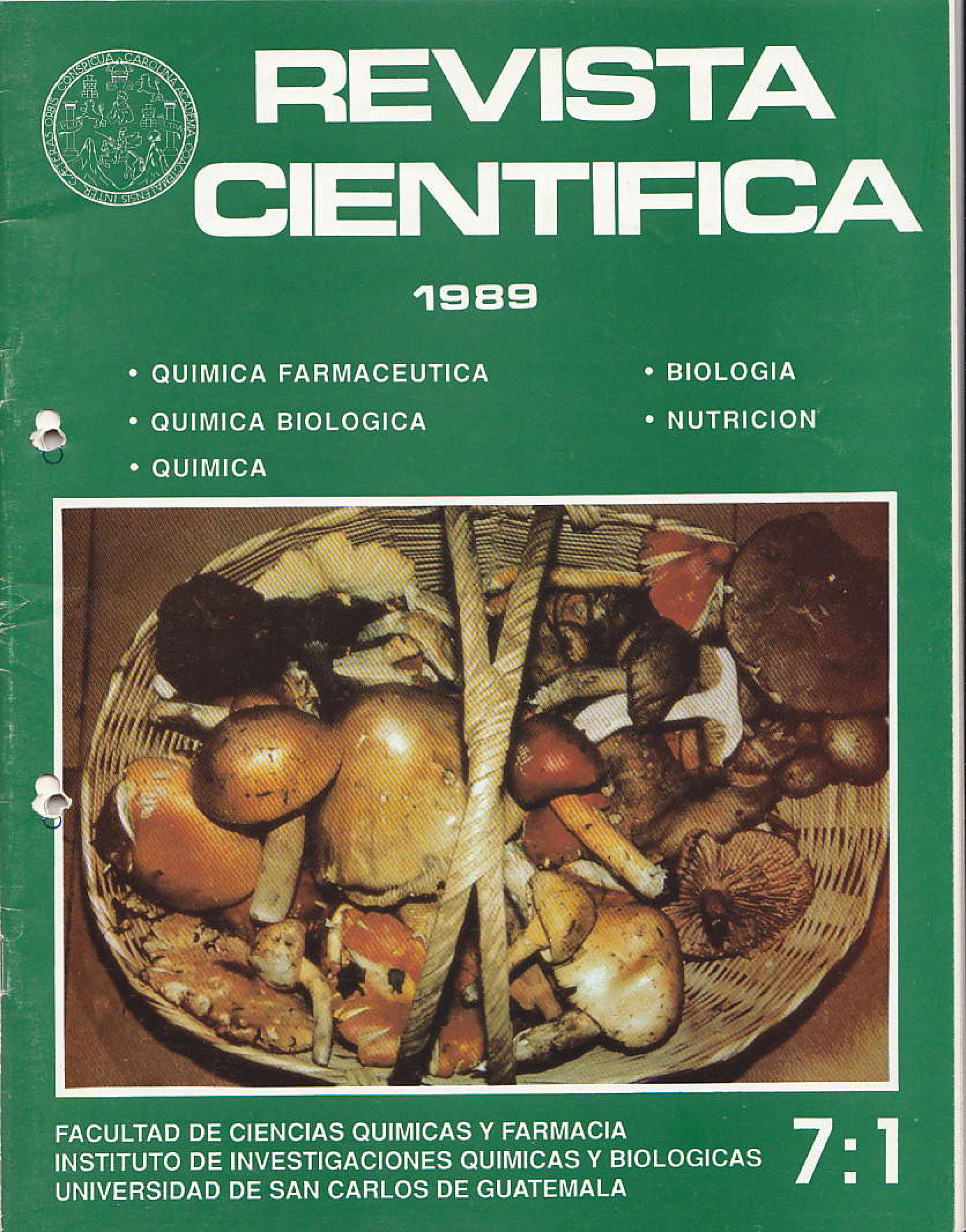Inventory of ferns, bromeliads, palms and lianas present in the Chocón-Machacas River basin
DOI:
https://doi.org/10.54495/Rev.Cientifica.v7i1.431Keywords:
inventory, ferns, bromeliads, palms, lianas, Chocón-Machacas River basinAbstract
Of the research projects conducted to date on Guatemalan flora, none have specifically addressed the families of Bromeliads, Palms, the Filicineae class, and lianas of the Chocón-Machacas River basin, although there are some references to plant species throughout the department of Izabal. In 1880, Mr. F. Ducane Godman and Mr. Osbert Salvini wrote a book entitled "Biologia Centrali-americana," which includes species identification and their geographic distribution. Between 1925 and 1950, Mr. Standley and Mr. Steyermark conducted studies on the flora of Guatemala, including part of the flora of the department of Izabal. This study was published by the Field Museum of Natural History in Chicago under the title "Flora of Guatemala." In 1975, the Environmental Studies Program (PERA) published a “Preliminary List of Plants of the Department of Izabal” as part of the “Geographic Distribution of the Flora of Guatemala” project.
Downloads
References
-
Downloads
Published
How to Cite
Issue
Section
License
Copyright (c) 1989 Elfriede Pöll, Ava Nury Díaz

This work is licensed under a Creative Commons Attribution 4.0 International License.
Authors who publish with this journal agree to the following terms:
- Authors retain copyright and grant the journal right of first publication with the work simultaneously licensed under a Creative Commons Attribution License 4.0 that allows others to share the work with an acknowledgement of the work's authorship and initial publication in this journal.
- Authors are able to enter into separate, additional contractual arrangements for the non-exclusive distribution of the journal's published version of the work (e.g., post it to an institutional repository or publish it in a book), with an acknowledgement of its initial publication in this journal.
- Authors are permitted and encouraged to post their work online (e.g., in institutional repositories or on their website) prior to and during the submission process, as it can lead to productive exchanges, as well as earlier and greater citation of published work.









